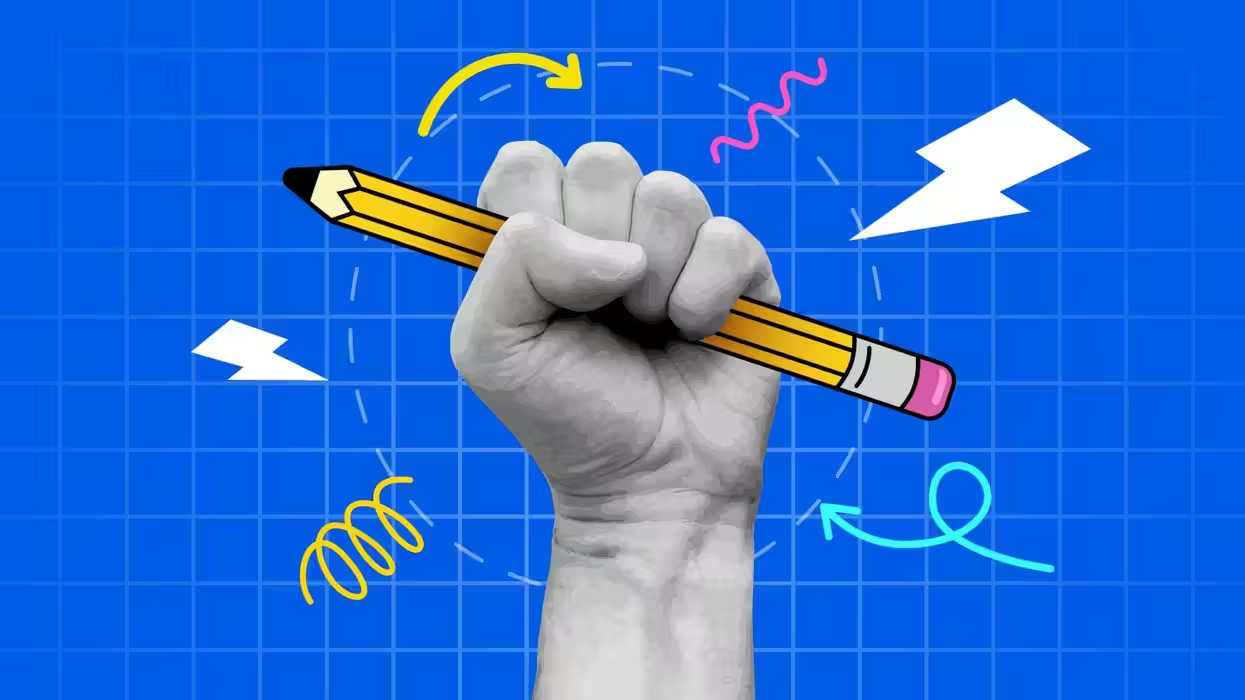Details about its final seconds, new video showing passengers exiting on emergency slides and unusual patterns in injuries are among the new information emerging as the investigation of the Asiana Airlines Flight 214 crash in San Francisco continues this week.
 This combination of photos provided by Dawn Siadatan shows Asiana Airlines flight 214 just moments after crashing at the San Francisco International Airport in San Francisco, Saturday, July 6, 2013. The Asiana Airlines Boeing 777 crashed while landing after a likely 10-hour-plus flight from Seoul, South Korea. The flight originated in Shanghai and stopped in Seoul before the long trek to San Francisco. (Photo: AP/Dawn Siadatan)
This combination of photos provided by Dawn Siadatan shows Asiana Airlines flight 214 just moments after crashing at the San Francisco International Airport in San Francisco, Saturday, July 6, 2013. The Asiana Airlines Boeing 777 crashed while landing after a likely 10-hour-plus flight from Seoul, South Korea. The flight originated in Shanghai and stopped in Seoul before the long trek to San Francisco. (Photo: AP/Dawn Siadatan)
With so many components to the accident that killed two of the 307 people on board, here's a wrap of what you need to know for Tuesday about the Boeing 777 crash:
- Had time to grab their bags: You might remember from grade school fire drills teachers impressing on students that they shouldn't make a grab for their belongings in the event of an emergency and leave everything behind instead. With similar sentiments in mind in a traumatic crash situation, some have expressed surprise at seeing so many survivors with their bags. The Wall Street Journal reported survivor Xu Da defending his decision and that of others to grab their luggage. “We didn’t block the aisle. Our passports and money were in the bags. If we didn’t grab them, we would have been in trouble…," he said. John Golia, an aviation safety expert, wrote as a contributor for Forbes that people seen exiting with bags shows that "a public awareness campaign needs to be launched to ensure that passengers do not impede the evacuation of an aircraft in an emergency."
- New video: New footage of the moments just after the crash shows emergency slides being deployed and passengers running from the scene. Watch the footage posted on YouTube but be warned it contains strong language by the recorder.
 A video was taken by a witness just moments after the crash, capturing the emergency slides being inflated and several minutes of evacuation. (Image: YouTube screenshot)
A video was taken by a witness just moments after the crash, capturing the emergency slides being inflated and several minutes of evacuation. (Image: YouTube screenshot)
Here is similar footage showing people running from the accident:
- Pilot error? The National Transportation Safety Board, which is investigating the accident, is a long way from reaching a conclusion as to its probable cause. While the focus of their investigation could still shift, information released by the board thus far appears to point to pilot error. The jet should have been traveling at 158 mph as it crossed the runway threshold. Instead, the speed dropped to as low as 118 mph before the plane struck a rocky seawall short of the runway. The pilot, Lee Gang-guk, was an experienced flier but new to this specific plane and had never landed at SFO before. He was also making a visual landing, meaning he wasn't using the instrument landing system, which is not an unusual practice. Pilots are being interviewed by NTSB to figure out what exactly was going on at the time.
 SAN FRANCISCO, CA - JULY 06: A Boeing 777 airplane lies burned near the runway after it crash-landed at San Francisco International Airport July 6, 2013 in San Francisco, California. An Asiana Airlines passenger aircraft coming from Seoul, South Korea crashed while landing, killing two people and injuring scores of others. (Photo: Ezra Shaw/Getty Images)
SAN FRANCISCO, CA - JULY 06: A Boeing 777 airplane lies burned near the runway after it crash-landed at San Francisco International Airport July 6, 2013 in San Francisco, California. An Asiana Airlines passenger aircraft coming from Seoul, South Korea crashed while landing, killing two people and injuring scores of others. (Photo: Ezra Shaw/Getty Images)
- Injury report: South Korea officials said 39 people remained hospitalized in seven different hospitals in San
 A passenger who was on the crashed Asiana Airline's aircraft, is helped upon her arrival at Incheon Airport on July 8, 2013 in Incheon, South Korea. (Photo: Kim Hong-Ji-Pool/Getty Images)
A passenger who was on the crashed Asiana Airline's aircraft, is helped upon her arrival at Incheon Airport on July 8, 2013 in Incheon, South Korea. (Photo: Kim Hong-Ji-Pool/Getty Images)
Francisco. Of those injured, many have exhibited a surprising pattern of spine injuries that a doctor says shows how violently they were shaken despite wearing seat belts. So far, two people are unable to move their legs — doctors don't yet know if the damage is permanent — and several others have needed surgery to stabilize their spines so they can move, said Dr. Geoffrey Manley, neurosurgery chief at San Francisco General Hospital who is overseeing their care. Still, Manley said even among those who suffered mild spine trauma, he is struck by a pattern that shows how their upper bodies were flung forward and then backward over the lap belts that kept them in their seats and undoubtedly saved their lives.
The Associated Press contributed to this report.
--
[related]

 This combination of photos provided by Dawn Siadatan shows Asiana Airlines flight 214 just moments after crashing at the San Francisco International Airport in San Francisco, Saturday, July 6, 2013. The Asiana Airlines Boeing 777 crashed while landing after a likely 10-hour-plus flight from Seoul, South Korea. The flight originated in Shanghai and stopped in Seoul before the long trek to San Francisco. (Photo: AP/Dawn Siadatan)
This combination of photos provided by Dawn Siadatan shows Asiana Airlines flight 214 just moments after crashing at the San Francisco International Airport in San Francisco, Saturday, July 6, 2013. The Asiana Airlines Boeing 777 crashed while landing after a likely 10-hour-plus flight from Seoul, South Korea. The flight originated in Shanghai and stopped in Seoul before the long trek to San Francisco. (Photo: AP/Dawn Siadatan)






